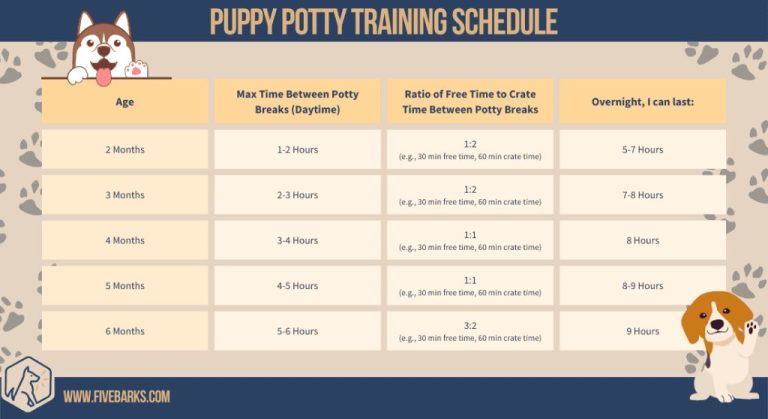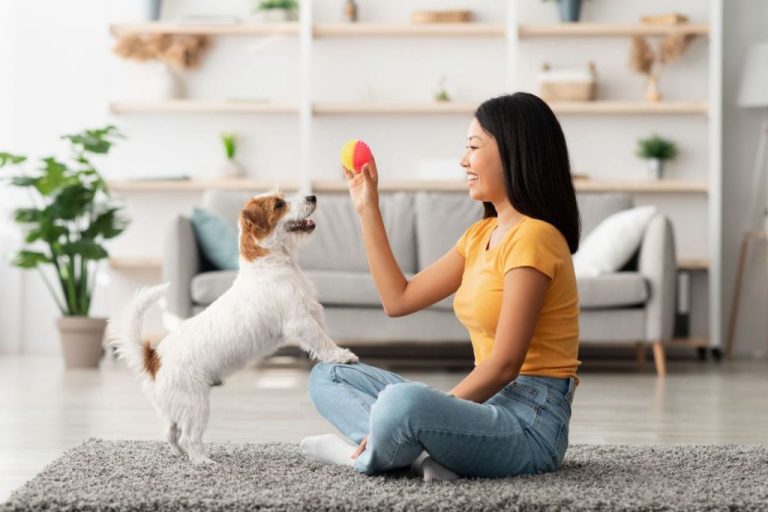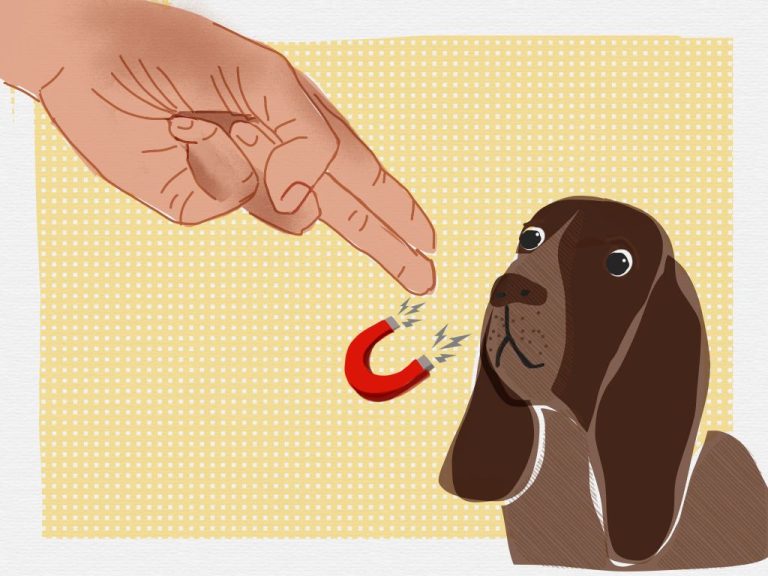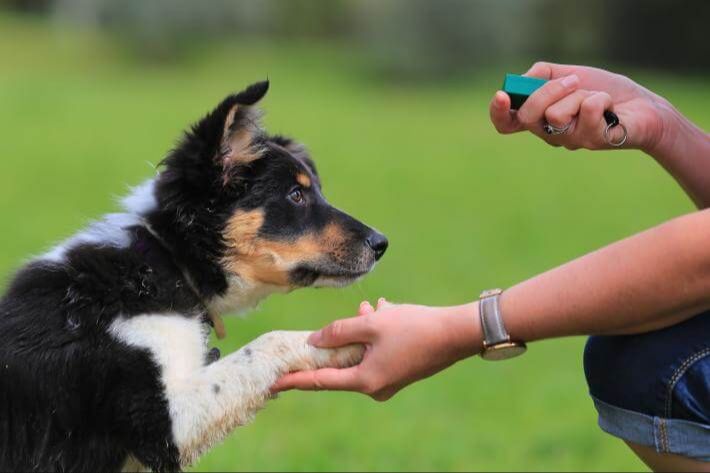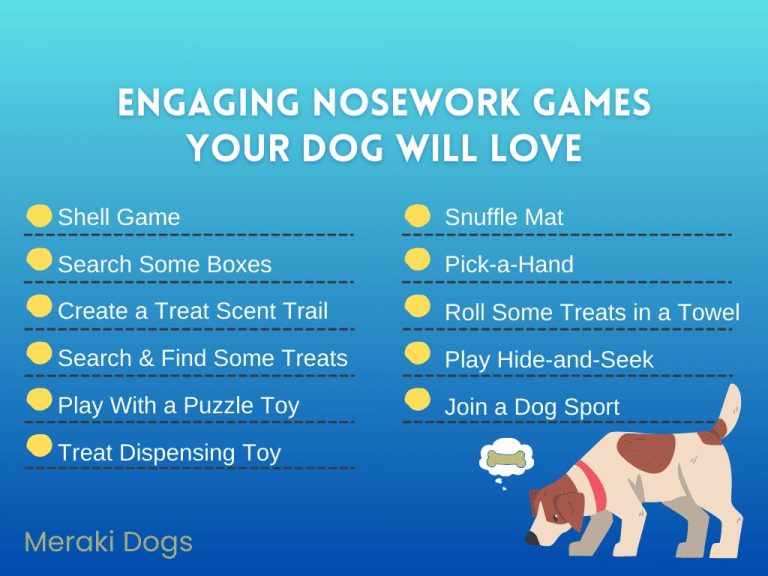Training Your Dog To Enjoy Grooming Sessions
Why Train Your Dog for Grooming
There are many benefits to training your dog to enjoy grooming sessions. The main advantage is that a calm, cooperative dog is less stressful for both you and the groomer. It allows the groomer to do a more thorough job and achieve better results without having to rush or use restraints. This makes grooming safer for everyone involved. An anxious or frightened dog is more likely to nip or bite, but a relaxed pup who views grooming as a positive experience is happy to receive the extra attention and pampering. With some time and positive reinforcement, you can help your dog see grooming as a fun bonding activity rather than something to dread. The effort you put into training will pay off with a smoother, safer grooming process each time you visit the groomer.
According to The Unexpected Benefits of Dog Grooming, grooming teaches discipline and social skills. A calm dog at the groomer develops patience and learns to interact politely with strangers engaging in routine handling and procedures.
Start Young
It’s much easier to train a puppy to enjoy grooming than an adult dog. Puppies are naturally more open to new experiences, so starting grooming early helps get them comfortable with handling and tools from a young age. According to experts at Merryfield College, “Training is important for dogs before they start being groomed. It gets them used to being touched and doing certain activities that make it easier for you to groom them when needed.”[1] The goal is to make grooming an enjoyable, positive experience right from the beginning.
With puppies, make short, gentle grooming sessions part of their regular routine early on. Keep things light and fun by praising them and using treats. Get them used to simple tasks like brushing, wiping their paws, or clipping nails. Going slowly and keeping sessions brief prevents overwhelming them. Starting this training early means they’ll be comfortable with more intensive grooming as adults.
[1] https://www.merryfield.edu/why-a-dogs-training-matters-to-a-groomer/
Use Positive Reinforcement
Positive reinforcement training is the most effective way to get your dog comfortable and relaxed during grooming sessions. This involves rewarding and praising your dog when they exhibit calm behavior on the grooming table.
Keep small treats handy during grooming and give your dog a reward when they let you brush them without squirming, or lay still while you trim their nails. Verbal praise like “Good boy!” or “What a good girl!” also helps reinforce the behavior you want to see.
Some examples of positive rewards include:
- Tasty treats like small pieces of chicken or cheese
- Petting/scratching your dog’s favorite spot
- Playing with a favorite toy
- Verbal praise and encouragement
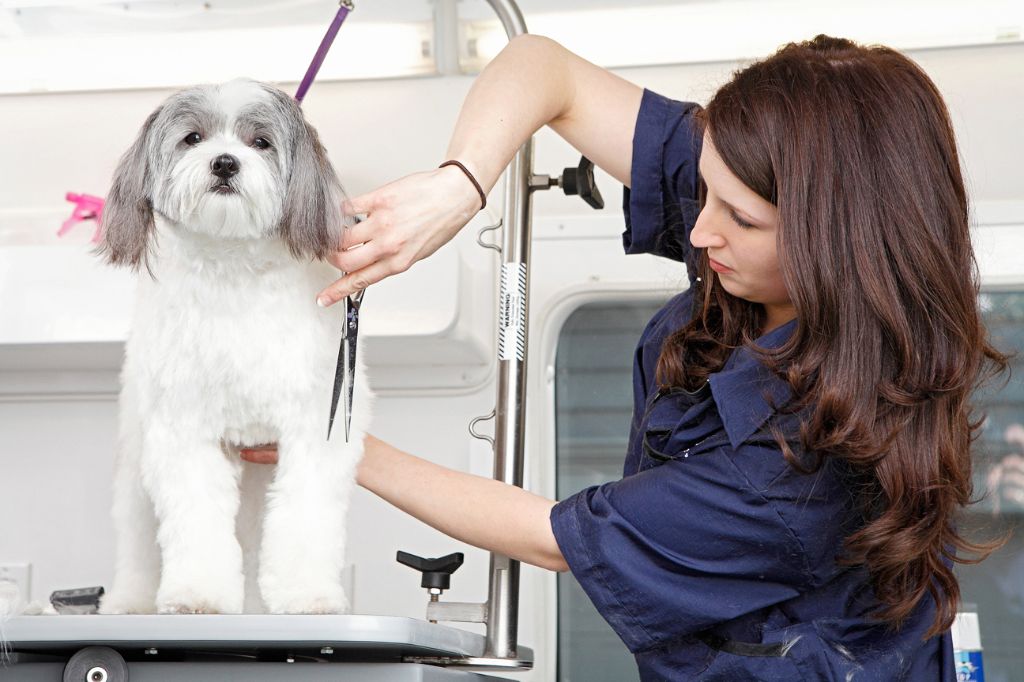
With a positive approach, grooming doesn’t have to be a chore for you or your dog. Over time, your dog will learn to associate the grooming routine with rewards and enjoy their sessions.
Desensitize to Tools
One of the best ways to get your dog comfortable with grooming is to slowly introduce grooming tools like brushes, clippers, dryers, etc. and make sure the experience is positive (Source). Start by letting your dog inspect and sniff the tools while praising and rewarding with treats. Gently touch your dog with the tool for just a second or two, then reward. Slowly increase the duration of contact over multiple sessions until your dog is relaxed during full brushing or clipping.
If your dog is already afraid of grooming tools, go very slowly with desensitization. Keep sessions short and end on a positive note. You may need to start just by showing your dog the tool from across the room and rewarding calm behavior (Source). Take small steps forward until your dog can eventually tolerate being groomed with each tool.
Make It Fun
Keeping grooming sessions short and fun when your dog is young will help build positive associations.[1] Try to keep early grooming sessions to 5-10 minutes, and make sure you are praising and giving treats throughout. You can break up the grooming into small intervals with play breaks in between. Give your dog a toy or play a game of tug to keep things positive. End each session by doing something your dog loves, like going for a walk or playing with a favorite toy. Some dogs enjoy having another dog present during grooming for moral support. Having a second person help with treats and praise can also keep things upbeat. Slowly build up the length and challenge of sessions as your dog learns to enjoy the process. The goal is for your pup to see grooming as a chance for attention and rewards.
[1] https://wagwalking.com/grooming/groom-a-playful-dog
Find the Right Groomer
When looking for a groomer for an anxious dog, it’s important to find someone who has experience working with nervous or fearful dogs. Ask potential groomers about their experience handling anxious dogs and look for reviews from other owners of anxious dogs. An understanding and patient groomer can make all the difference in keeping your dog calm.
Many groomers now offer “fear free” services designed to create a low-stress environment for anxious pets. Look for groomers certified in fear free handling that use positive reinforcement and avoid physically restraining dogs. The right groomer will listen to your concerns and make adjustments to accommodate your dog’s needs.
It may help to “ensure the groomer has specific experience handling nervous dogs and will be patient with your dog” as this Reddit user suggests. With the right groomer, your dog can learn to relax and even enjoy grooming sessions.
Try at Home First
One of the best ways to get your dog comfortable with grooming is to start introducing it at home, where they already feel safe and relaxed. Begin with short, positive sessions of touching your dog all over to get them used to being handled. Focus on areas like their paws, ears, legs, and tail. Go slowly and give treats, praise, and affection throughout. According to the AKC, as your dog becomes more accustomed to handling, try introducing grooming tools like brushes, combs, and clippers in a calm, reassuring way.
Starting at home lets you gradually desensitize your dog at their own pace. You can do brief sessions over multiple days. Take cues from your dog’s comfort level and don’t push too far too fast. With time and positive reinforcement, you can get your dog comfortable with the sensations of grooming before even going to a professional groomer.
Use Calming Aids
Calming aids can help relax your dog during grooming sessions. Some options to consider include:
Pheromones – Synthetic pheromones like Adaptil mimic natural pheromones and have a calming effect. Diffusers, sprays, and collars containing dog appeasing pheromone (DAP) may help relieve anxiety during grooming.
Thundershirts – These snug wraps apply gentle pressure which has a calming effect for many dogs. The ThunderShirt Classic Dog Anxiety Jacket is adjustable for a customized fit.
Calming treats – Treats containing ingredients like chamomile, tryptophan, ginger, valerian root, and L-theanine can promote relaxation. Give treats 30-60 minutes before grooming for best results.
Talk to your vet about using calming aids safely. Introduce them gradually and use praise and positive reinforcement when your dog responds well. Some dogs may benefit from a prescription sedative for extremely stressful grooming situations. You can learn more on calming products from Petco.
Be Patient
It takes time to properly train a dog to enjoy grooming sessions. Many dogs may initially be fearful or resistant to being handled, having new tools used on them, and the overall process. Don’t expect your dog to immediately love being groomed. Proper desensitization through positive reinforcement training is an gradual process. Rushing through training too quickly can backfire and make your dog more anxious. Take things slow and focus on creating positive associations in small steps.
Remember that every dog learns at a different pace. Some dogs may start enjoying elements of the grooming process within a couple weeks, while others may take months of consistent, patient training. Work at your dog’s pace and don’t force interactions that are causing fear. If your dog seems anxious or overwhelmed, take a break and try an easier step next time. With a patient approach focused on positive reinforcement, most dogs can learn to at minimum tolerate professional grooming.
Troubleshooting Tips
If your dog shows signs of fear or anxiety during grooming such as trembling, trying to escape, or aggressive behavior, it’s important to take a step back in your training. Regress to an earlier stage where your dog felt more comfortable, and go slower with introducing new tools, techniques, and environments related to grooming. You may need to revisit basic desensitization training with treats, introducing each element individually at your dog’s pace.
Other tips include:
- Try a calming pheromone product to reduce stress.
- Ask someone to help comfort your dog during grooming sessions.
- Use high-value rewards and plenty of praise throughout.
- Schedule very short sessions to end on a positive note before fear escalates.
- Allow your dog to stop a session when truly afraid.
- Consider anti-anxiety medication prescribed by your vet if your dog has extreme fear.
With time, patience, and incremental positive experiences, you can help your dog become more comfortable with grooming care. But always go at their pace and don’t force interactions that scare them. Reaching out to a certified trainer for help can also get the process back on track.

